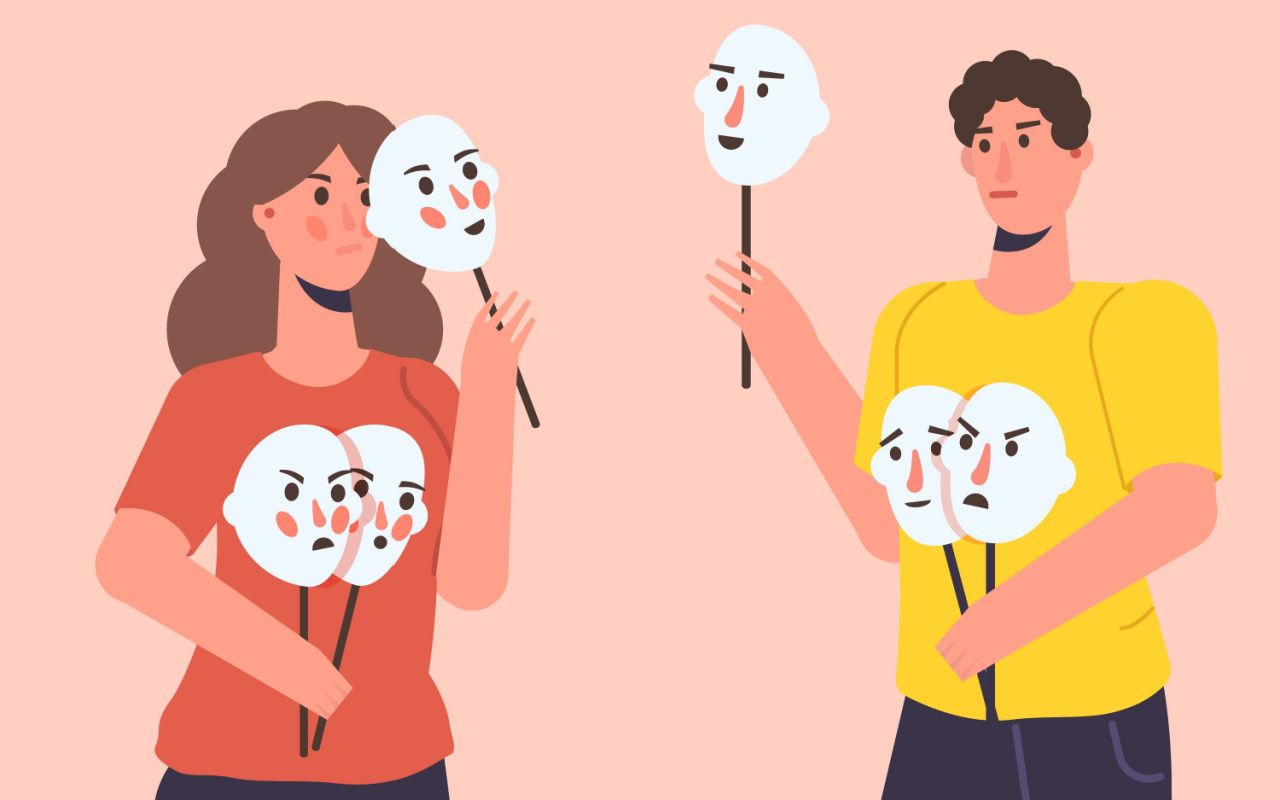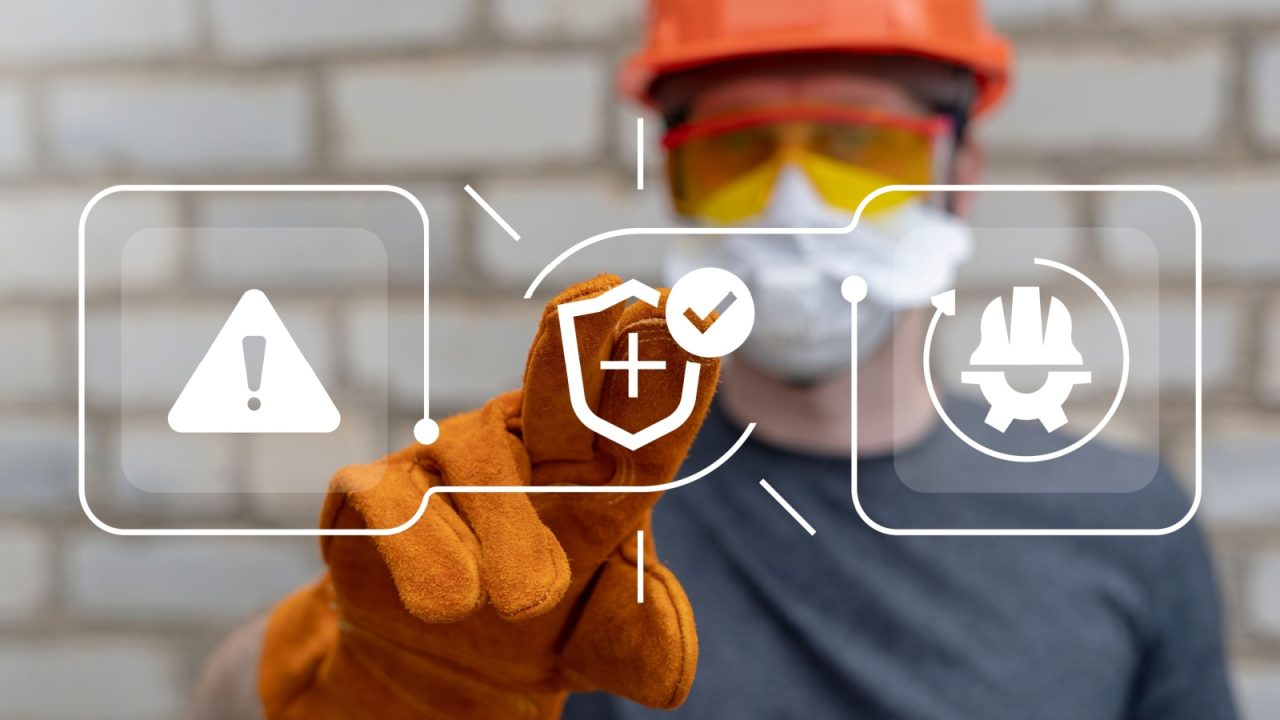Every year, more contractors are addressing mental health and well-being among their workforce. Many companies have shared toolbox talks relating to mental health, stress management, suicide prevention and the risk of opioids. More companies are better promoting their Employee Assistance Programs (EAP). An increasing number of employers are doing deeper dives into these topics by offering training for managers and field supervision on creating psychologically safe workplaces and jobsites.
Expanding Toolbox for Leaders and Supervisors
Prior articles in Construction Executive provide tools in the toolbox for talking to workers about mental health and suicide prevention, including these three important techniques to demonstrate a caring culture:
Peer Support Training and Role playing
The emergence and expansion of peer support training are creating increasing opportunities for using role playing to teach and practice various conversational formats. Role playing is a form of applied training that provides the opportunity to practice skills and provide real-time evaluation of the material being learned. In role playing, individual learners assume the role of a fictional character in a learning scenario or case study.
An effective role-playing exercise provides for an employee check-in focused on identifying what worked versus what did not work in the exercise. Likewise, role playing provides the opportunity to critique what additional follow-up actions would make the learning exercise more effective at skill building. Capturing feedback from a group of learners engaged in role playing is a way to “bulletproof” training by revising expectations for the scenario to make the instruction and desired outcome clear.
Participants in role playing can switch roles to provide practicing point-counterpart training like communication skills, negotiation techniques and conflict resolution. Role playing is an effective way to teach conversational methods to share information about mental health and suicide prevention resources. For example, combining role playing with distributing wallet cards for EAP information or crisis hotlines is especially effective.
Sample Scenario
Illustrated below is a role-playing scenario used to teach coworkers how to be observant of behavioral changes in colleagues and to intervene by offering support.
“Are You Okay…?”
From time to time, most of us “struggle” with issues. Sometimes we, or our co-workers, come to work in a different mood. Some of us wear our emotions on our sleeves and others can clearly tell how we’re feeling and/or what we’re thinking. Some of us prefer to keep our feelings to ourselves and no one else knows what or how we’re thinking inside.
Work is a social activity and when teammates are struggling, it can affect the mood of an entire crew. Sometimes a joke or laughter can lighten the mood. Sometimes it takes serious banter to make things lighter.
Because we have a caring culture, we treat everyone with respect and support. We respect the boundaries of privacy and confidentiality. Yet, after today’s crew Safety Huddle and warm-up exercises, you decide to say something to a crewmate who seemed especially quiet and reserved today. They were not themself and you want to check-in to see how they’re doing.
Instructions for the Role Playing Exercise
1. Split up into small groups of two coworkers. One will assume the role of the colleague who is concerned about the coworker. The second learner will assume the role of the coworker who seems to not them themself.
2. The concerned colleague should practice asking if this coworker is ok.
- Let them know you are concerned.
- If they respond “fine,” gently push back and say are you sure you’re fine?
- If they say yes, I’m really fine, then gently respond that you don’t seem fine… you seem out of sorts, and I’m concerned about you. Is everything really ok?
3. The concerned colleague should ask the coworker if they are safe to work today or if they need help or support.
- What will you do if they say no, that they are not all right and they need help for a family-related struggle?
- What options can you offer to get them help if they are seeking assistance for this family-related struggle?
4. Practice asking if the coworker has information loaded into their smartphone as a contact for:
- Crisis hotlines to share with family, friends and co-workers, such as 988 and Crisis Text Line; and
- Contact information for the employer’s EAP to share with the coworker and their family.
5. Ask the coworker if they have someone they can talk to, like a friend or family member.
- If they do not have another person to talk to, let them know you care and you’re available to listen and offer support if they need assistance.
6. Conduct an employee check-in to evaluate what worked versus did not work and to identify necessary follow-up actions. Both parties should share feedback.
7. Share key findings with the larger group of learners.
8. It is advisable to mix up the groups to keep the learning activity fresh and dynamic. Make suggested changes to the scenario incorporating the feedback. Then, practice the scenarios again and complete the feedback cycle again.
Conclusion
Role playing is an effective way of breaking stigma centered on mental health and suicide prevention in the workplace. Talking about mental health and well-being normalizes conversations among peer coworkers and supervisors. Although workers may initially cringe when they hear the training will be taught by role playing, once the scenario teaching begins, it is common for participants to let their guard down and ease right into the role-playing exercises. Role playing has become a standard element for trainers seeking to expand the comfort of workers at all levels in talking about and sharing on mental health and suicide prevention.







